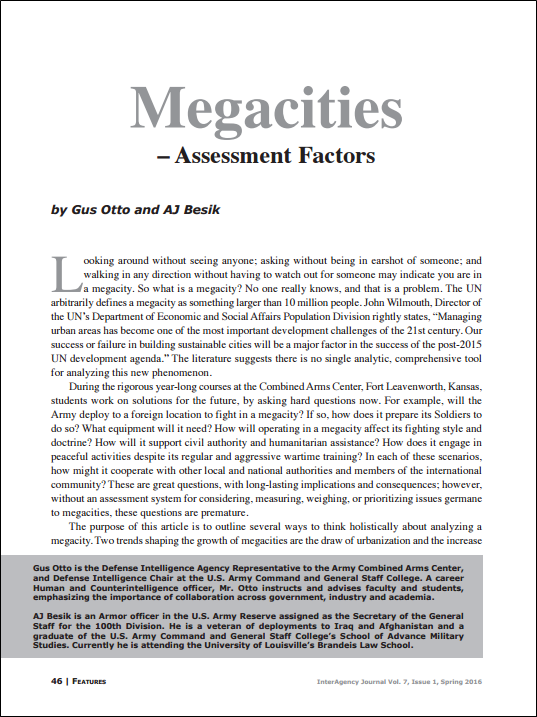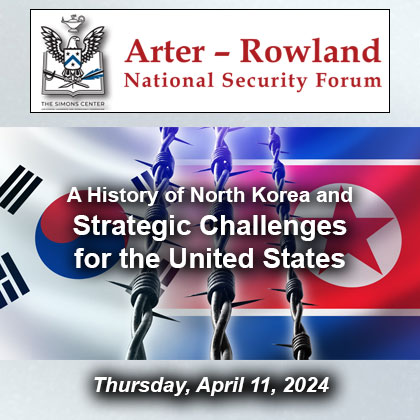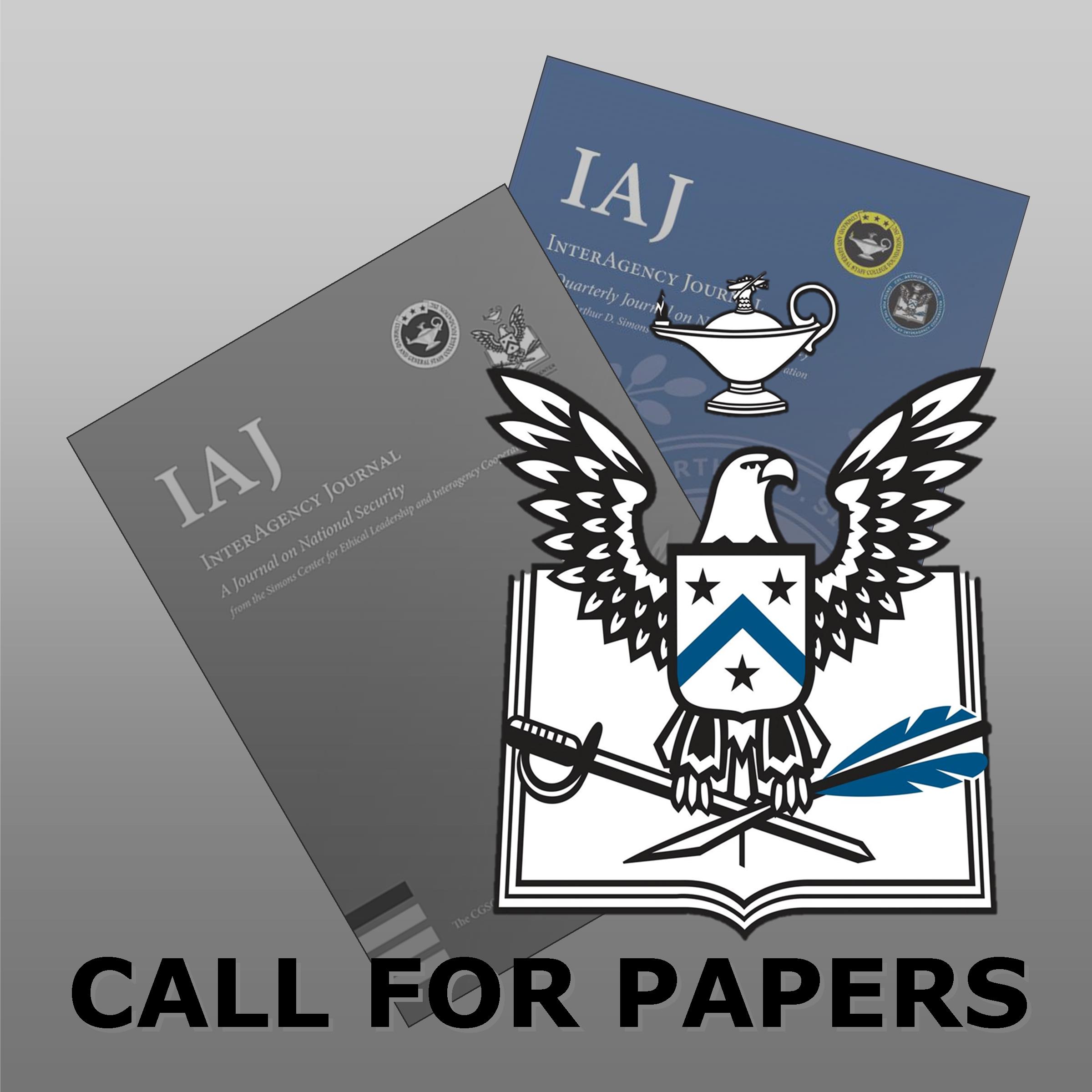Featured Article: Megacities – Assessment Factors
Featured article:
Megacities – Assessment Factors
by Gus Otto and AJ Besik
Looking around without seeing anyone; asking without being in earshot of someone; and walking in any direction without having to watch out for someone may indicate you are in a megacity. So what is a megacity? No one really knows, and that is a problem. The UN arbitrarily defines a megacity as something larger than 10 million people. John Wilmouth, Director of the UN’s Department of Economic and Social Affairs Population Division rightly states, “Managing urban areas has become one of the most important development challenges of the 21st century. Our success or failure in building sustainable cities will be a major factor in the success of the post-2015 UN development agenda.” The literature suggests there is no single analytic, comprehensive tool for analyzing this new phenomenon.
During the rigorous year-long courses at the Combined Arms Center, Fort Leavenworth, Kansas, students work on solutions for the future, by asking hard questions now. For example, will the Army deploy to a foreign location to fight in a megacity? If so, how does it prepare its Soldiers to do so? What equipment will it need? How will operating in a megacity affect its fighting style and doctrine? How will it support civil authority and humanitarian assistance? How does it engage in peaceful activities despite its regular and aggressive wartime training? In each of these scenarios, how might it cooperate with other local and national authorities and members of the international community? These are great questions, with long-lasting implications and consequences; however, without an assessment system for considering, measuring, weighing, or prioritizing issues germane to megacities, these questions are premature.
The purpose of this article is to outline several ways to think holistically about analyzing a megacity.
Read the full article
Megacities – Assessment Factors PDF
Download the complete edition
IAJ 7-1 (Spring 2016) PDF
IAJ 7-1 (Spring 2016) ePub
Gus Otto is the Defense Intelligence Agency Representative to the Army Combined Arms Center, and Defense Intelligence Chair at the U.S. Army Command and General Staff College. A career Human and Counterintelligence officer, Mr. Otto instructs and advises faculty and students, emphasizing the importance of collaboration across government, industry and academia.
AJ Besik is an Armor officer in the U.S. Army Reserve assigned as the Secretary of the General Staff for the 100th Division. He is a veteran of deployments to Iraq and Afghanistan and a graduate of the U.S. Army Command and General Staff College’s School of Advance Military Studies. Currently he is attending the University of Louisville’s Brandeis Law School.

READ THE LATEST UPDATES FROM THE SIMONS CENTER
"*" indicates required fields


